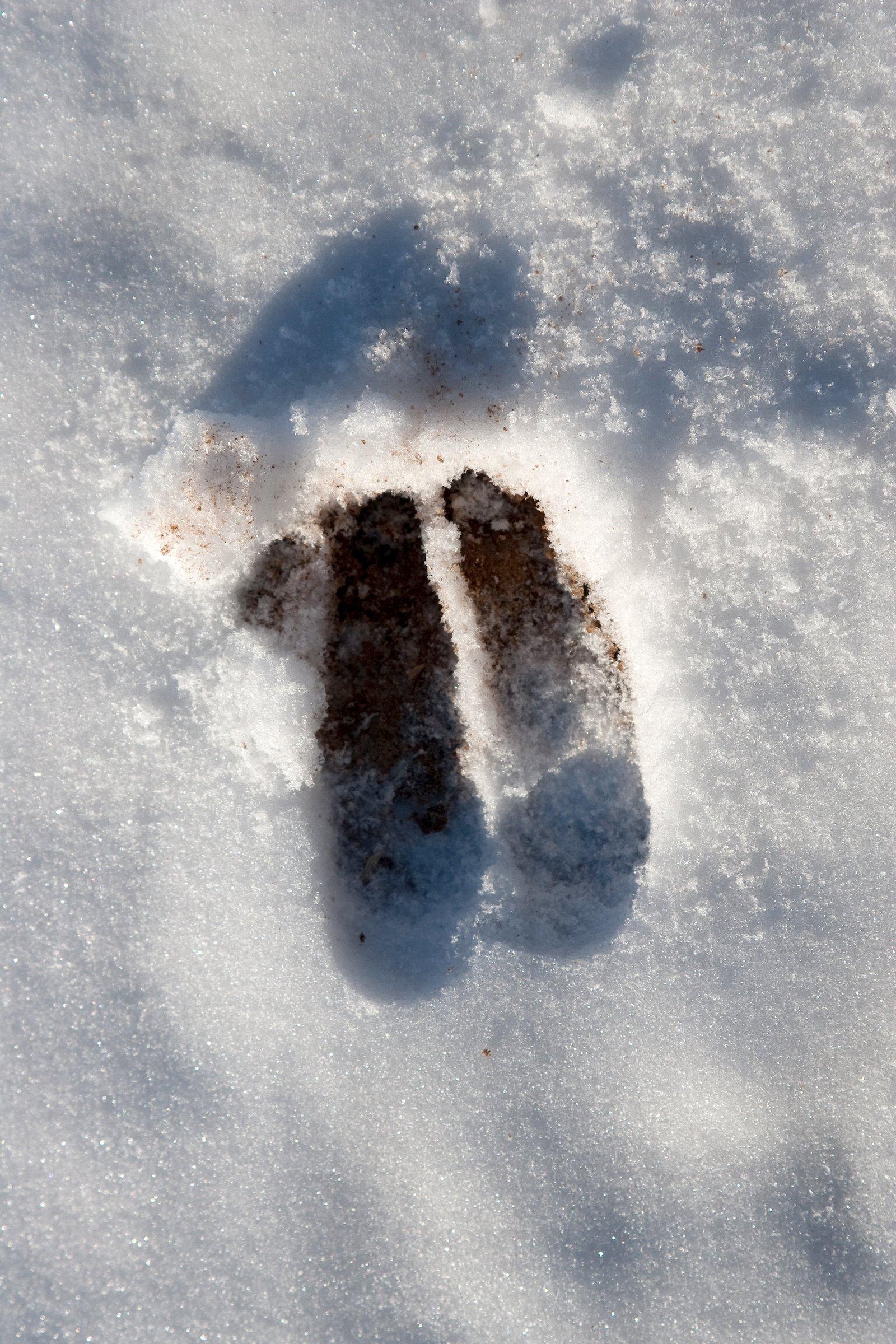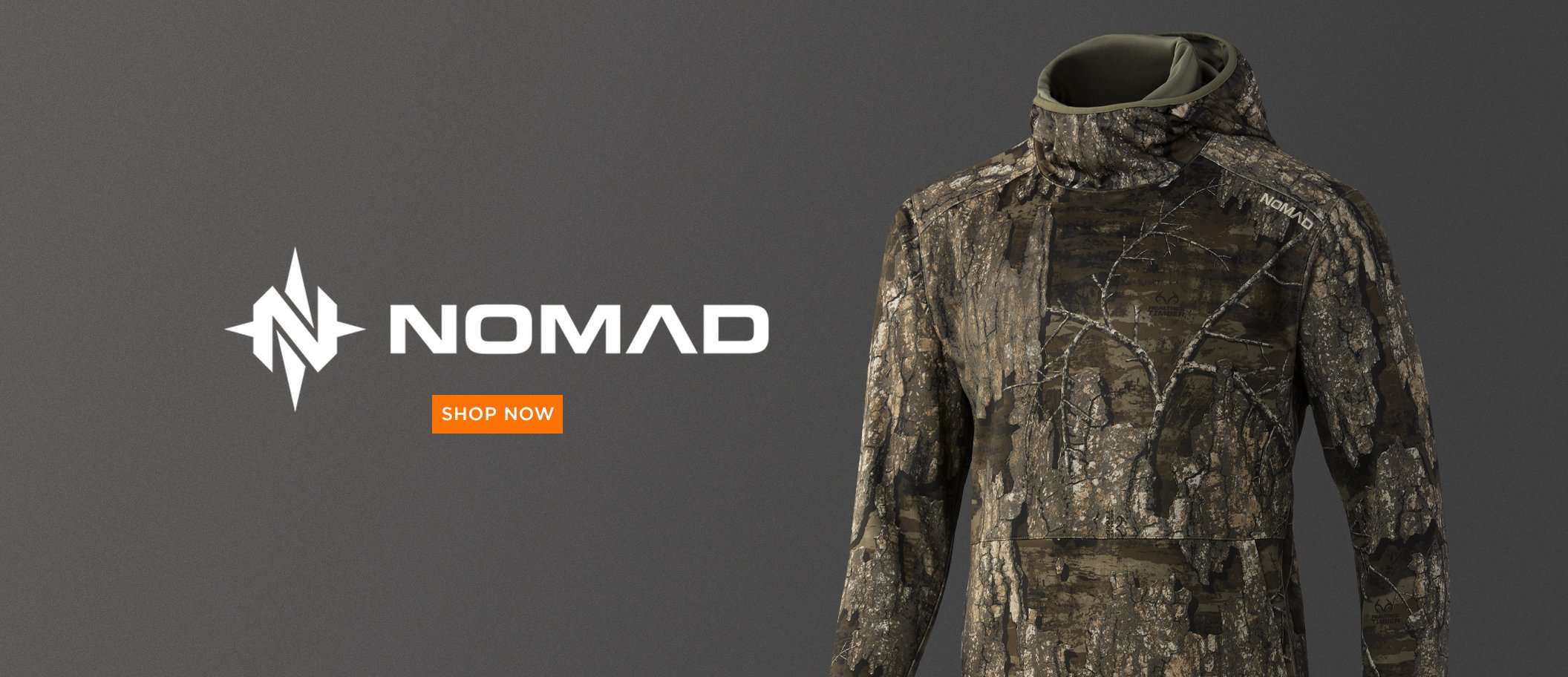The white stuff does more than make the woods pretty. It lets you know how bucks and does use your hunting property and might reveal a new stand site

Late winter, right after deer season ends, is an excellent time to scout your deer ground. Image by Critterbiz
If you live in the northern tier of the United States, you might have snow cover on the ground now, or a front will blow through and drop several inches of the white stuff in the next few weeks. When that happens, you need to get out, walk the deer woods and scout. The hikes will be invigorating, and the sign you find will be enlightening. On a white canvas, those snow clues let you see how does and bucks work the terrain and cover on your land. That’s good stuff to know when you come back in six or seven months to hang bow stands.

The snow further reveals preferred trails and travel routes used by local deer. Image by Russell Graves
Tracks and Trail
Two to 3-inch tracks in snow tell you little — it could be an adult doe or a buck. Deep, splayed tracks about 4 inches long and 3-1/2 inches wide are what to look for. A buck with some heft left those prints, though the size of his rack is anybody’s guess. Bonus clue: As he walks, an old buck doesn’t lift his feet as high as a doe does. In 1 or 2 inches of fresh snow, slender and shallow drag marks behind large front tracks tell you the deer was a buck. But in snow deeper than 3 inches, does and bucks are apt to leave drag marks.
When I cut a buck track in snow, I put myself in his hooves. I bend down to a deer’s eye level, look ahead and observe as I follow the prints. Did the buck walk the tops or sides of ridges? Did he dip into a draw, curve around a point or curl behind a brushy edge? Did he sneak inside a pine or cedar edge to stay hidden? The farther you follow a track, the more you’ll learn about buck behavior.
Cut and follow every doe trail you find. A path used by several does and yearlings will lead to and connect, if in a roundabout way, a winter food source and bedding site. As you hike, notice how a trail hugs brush or pines, cuts through low spots in the terrain, or jogs around a fence corner — all potential funneling spots for tree stands next rut season.

Antlers that drop after a shallow layer of snow falls really stand out. Image by Tom Reichner
Beds and Sheds
Dog a trail far enough and you’ll run into deer beds. These ovals are almost impossible to see on dry ground, but they pop like neon in snow. I carry a small tape to measure tracks and beds. Most buck beds I’ve found are 45 to 50 inches long and about 3 feet wide, but a doe or young buck’s bed is about 40 inches long. When you find a large single bed melted into the snow, analyze the surrounding brush and terrain for clues as to why the buck picked that spot to rest.
Look for large signpost rubs along a trail. A dominant buck likely blazed those trees this past November. A cluster of rubs as thick as your calf is a great find. The buck or bucks that marked those trees should be back in the area and rubbing this fall.
Look for what I call a rub location pattern, too. For example, if you find twice as many scarred trees on the tops of ridges than on the sides or in draws, you can deduce the resident bucks are mostly ridge toppers. That reveals a travel pattern that deer will use again this fall.
As you hike on fresh, active trails between winter feeding areas and bedding sites, be on the lookout for recently dropped antlers. Any shed you find atop the snow is a cool souvenir, but the grand prize is a thick chunk of four- or five-point bone. You know that a shooter buck, which you might have seen the previous fall, made it through hunting season. If he doesn’t get hit by a car during summer, he’ll almost certainly be back this fall. It gives you something to dream about as you analyze those snow clues and work them into a fresh game plan for 2024.
Don’t Miss: GRADE A DEER LEASE IN 5 EASY STEPS











